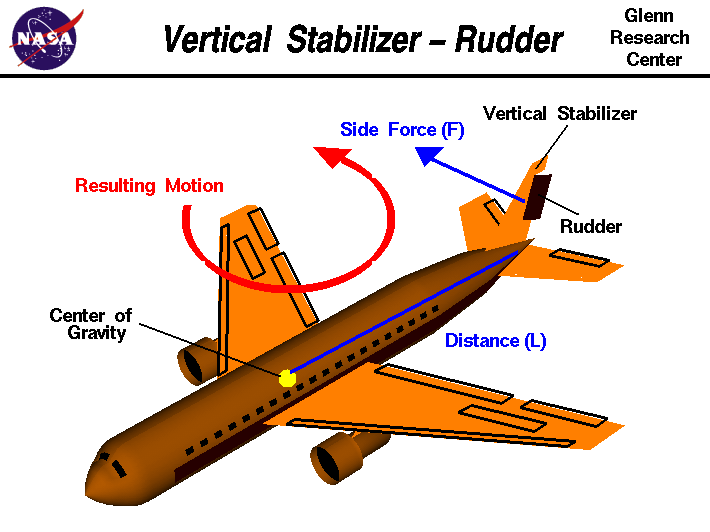سلام خدمت همه ی مهندسان گل و گلاب
یه سوال بود ابنکه چرا وقتی در هواپیما rudder میدهیم ، هواپیما حول محور x که از ابتدا تا انتهای هواپیما کشیده شده است ، Roll میکند ، این سوال را بطور کاملا مفهومی و علمی متوجه شدم اما یه سوال مثل همبن بود اینکه چرا وقتی با Alleron ها حول همان محور X به اصطلاح Roll میکنیم ، با افت ارتفاع مواجه میشویم ؟
لطف کنید بنده را راهنمایی فرمایید تا دو هزاریم بیافته یا حداقل کج نیوفته ... ممنون
راستی منظورم از Roll مانورهای شدید هوایی نیست ، حتی چند درجه محدود مثل هواپیماهای مسافربری هم صادقه .
ممنون بابت جواب هاتون و متاسفانه تا فردا همین موقع به جوابش نیاز دارم - خواهشا اگر کسی را سراغ دارید که میتونه جواب این سوال رو بده ، لینک مطلب را در اختیارش بگذارید .
این مطلب توی قسمت سوال و جواب میلیتاری نیز ارسال شده ولی هنوز جواب کامل نگرفتم .
http://www.military.ir/forums/topic/...page__st__3525
دوست عزیز، به سایت علمی نخبگان جوان خوش آمدید
مشاهده این پیام به این معنی است که شما در سایت عضو نیستید، لطفا در صورت تمایل جهت عضویت در سایت علمی نخبگان جوان اینجا کلیک کنید.
توجه داشته باشید، در صورتی که عضو سایت نباشید نمی توانید از تمامی امکانات و خدمات سایت استفاده کنید.




 پاسخ با نقل قول
پاسخ با نقل قول














علاقه مندی ها (Bookmarks)